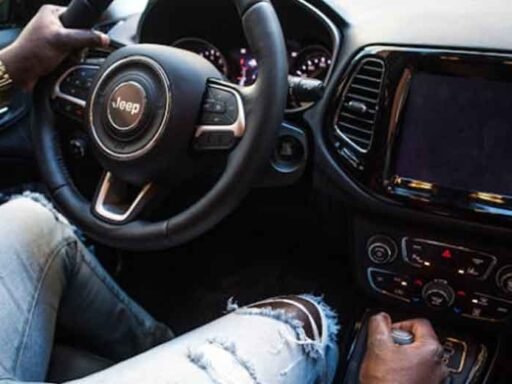A car crash might leave you disoriented and not knowing what to do next. But using a precise checklist helps guard your financial interests, legal rights, and safety.
This article describes important actions to take after a car accident.
1. Verify Immediate Safety
Assess yourself and others for injuries first. Call 911 immediately for medical assistance if someone is seriously injured. If possible, move vehicles to a safe location—such as a parking lot or the shoulder—to prevent obstructing traffic or risking further collisions. In low-visibility situations, especially, turn on hazard lights to warn other drivers.
If the vehicle cannot be driven, stay inside with your seatbelt fastened until help arrives. Particularly on busy highways, avoid standing near or between vehicles to reduce the risk of being struck by moving traffic. Use reflective triangles or flares to establish a clear barrier around the accident scene, ensuring greater safety for everyone present.
2. Exchange Information With Involved Parties
Provide other drivers with your name, insurance information, and driver’s license number. Obtain the same from them, including their policy number and the name of their insurance company. If the other driver is hostile, let the police handle the situation. Also, note the make, model, and color of each involved vehicle to ensure accurate records. If possible, take photos of driver’s licenses and insurance cards to avoid errors in documentation.
Keeping conversations brief and professional will help prevent unnecessary confrontations at the scene. Share photos or evidence from the incident and provide accurate facts without speculation to your insurance provider. Inquire about coverage for medical expenses, repairs, or rental vehicles. Avoid accepting early settlement offers from the other driver’s insurance until you consult a professional. Your insurance may also appoint an adjuster to assess the damage and determine liability.
3. Contact Law Enforcement
Even in minor accidents, call the police. A police report provides an official record of the incident, which is essential for legal and insurance claims. Provide the officers with accurate information; avoid implying guilt or speculating on causes. Request a copy of the law enforcement report and obtain the badge numbers and names of the officers.
If the police do not arrive at the scene, as with minor fender-benders, you can usually document the incident online or at the local police station. To support your case when submitting the report later, ensure you properly document the accident—including photographs and witness statements
4. Document the Scene Thoroughly
Use your phone to capture clear photographs of key details such as vehicle damage, license plates, road conditions, and any visible injuries. Be sure to document skid marks, traffic signs, and weather conditions, as these factors can help establish fault. Collect contact information from witnesses, as their statements may prove invaluable in supporting your case. To ensure accurate documentation, record the time, date, and location of the accident. If possible, take a short video of the scene to offer insurance adjusters and investigators a clearer understanding of the circumstances.
Also, document any remarks made by the other driver, especially if they admit fault or express concerns about vehicle damage. Reviewing your Arizona car crash report, or wherever the accident took place, can provide official records and further verification. Accident reports are crucial because they are created by law enforcement officers and offer an impartial, detailed account of the incident, which can be critical for insurance claims, legal proceedings, and determining liability. Obtaining an official accident report ensures that you have access to an authoritative version of the events, which can serve as strong evidence in disputes or in the event of legal action.
5. See a Doctor
Even if injuries aren’t immediately visible after a car accident, you should seek prompt medical attention. Conditions such as whiplash, concussions, or internal injuries may not manifest until hours or days later. Early detection of these hidden injuries through swift medical evaluation ensures timely treatment and helps prevent complications. Additionally, obtaining medical records clearly demonstrates that the accident caused your injuries, which is essential for legal proceedings and insurance claims.
Delaying medical care not only jeopardizes your health but also weakens your position in any claims, as insurance companies might argue that the injuries are not significant or related to the incident. Consult a healthcare provider promptly to preserve both your well-being and legal rights. Delaying medical care not only threatens your health but also undermines your position in any claims, as insurance companies might assert that the injuries are not significant or linked to the event. See a healthcare provider immediately to preserve your legal rights as well as your well-being.
6. Consult a Legal Professional
If injuries are severe, liability is disputed, or insurance negotiations stall, consult a car accident attorney. Attorneys can explain your rights, negotiate settlements, and, if necessary, represent you in court. Many offer free consultations to assess your case and advise on next steps.
An experienced attorney can help gather medical records, witness statements, and other evidence to support your claim. They can also handle communications with insurance companies to prevent you from accepting a low settlement. Legal counsel ensures you receive fair compensation for medical expenses, lost wages, and other damages.
Conclusion
Following a car accident, a methodical approach reduces anxiety and guarantees that important actions are not missed. Follow this checklist, as being proactive and well-informed can help you greatly and boldly manage the consequences of an accident.






